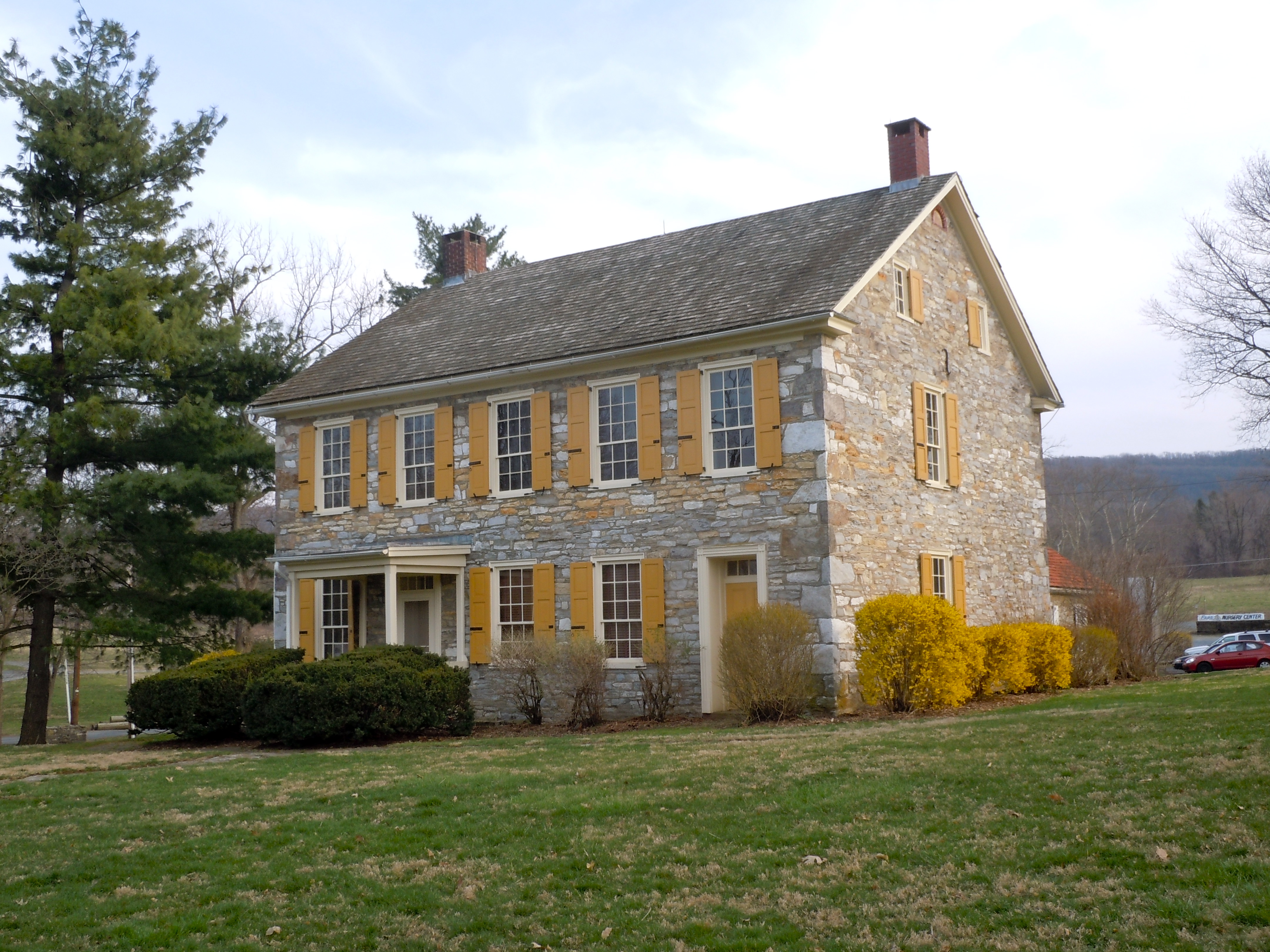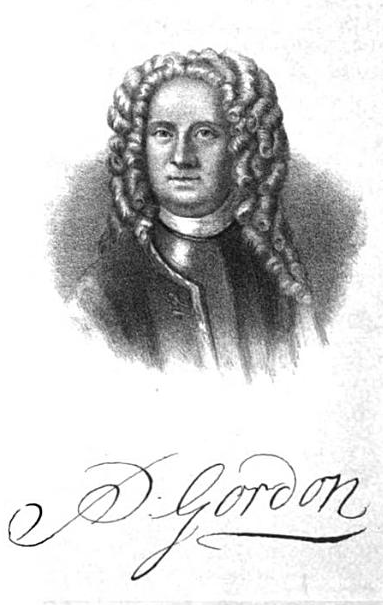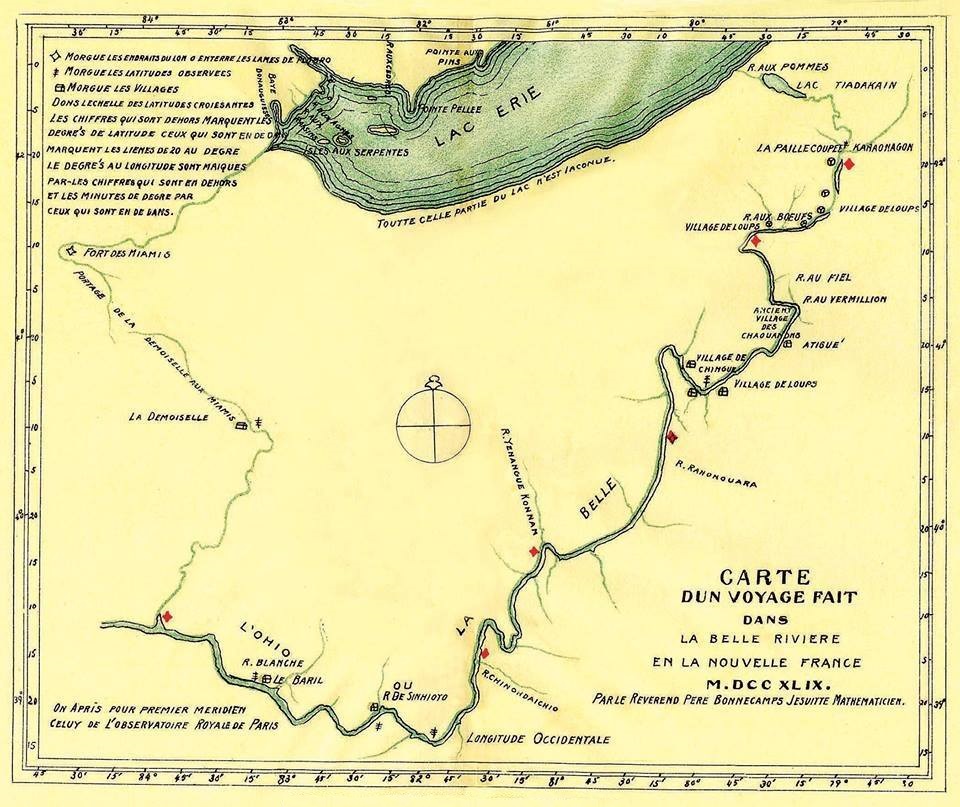|
Shannopin's Town
Shannopin's Town, or Shannopintown, was an 18th-century Lenape (Delaware) town located within the site of modern-day Pittsburgh, Pennsylvania, along the Allegheny River, approximately two miles east from its junction with the Monongahela River. In the early 1700s, British colonial settlers began spreading into western Pennsylvania, forcing Lenape and other American Indian tribes to move further west, settling in the Ohio Country. Shannopin's Town was one of several communities established in western Pennsylvania in the 1720s. The town was largely abandoned during the construction of Fort Duquesne in 1754, although a small community still existed when General John Forbes' troops arrived in September 1758. The community was gone by the time construction on Fort Pitt was started in 1759. Location Modern attempts to pinpoint the exact location of Shannopin's Town are based on settler's journals, early maps, and a burial site which was uncovered during building excavations in 1862. ... [...More Info...] [...Related Items...] OR: [Wikipedia] [Google] [Baidu] |
Lawrenceville (Pittsburgh)
Lawrenceville is one of the largest neighborhood areas in Pittsburgh in the U.S. state of Pennsylvania. It is located northeast of downtown, and like many of the city's riverfront neighborhoods, it has an industrial past. The city considers Lawrenceville three neighborhoods, Upper Lawrenceville, Central Lawrenceville, and Lower Lawrenceville, but these distinctions have little practical effect. Accordingly, Lawrenceville is almost universally treated as being a single large neighborhood. In 2019, the Lawrenceville Historic District, which encompasses the majority of the neighborhood, was added to the National Register of Historic Places. History Lawrenceville was founded in 1814 by William B. Foster, father of composer Stephen Foster, who was born there in 1826. It is named for Captain James Lawrence, hero of the War of 1812, famous for his dying words, " Don't Give Up The Ship!" Lawrenceville was selected as home to the Allegheny Arsenal, due to "The area's accessibility to r ... [...More Info...] [...Related Items...] OR: [Wikipedia] [Google] [Baidu] |
Montour Family
The Montour family was a family of Native-American and French descent which was prominent in colonial New York and Pennsylvania before and during the American Revolution. Because of the Iroquois practice of reckoning descent through the female line, the family is known as "Montour" after the matriarch. Madam Montour Madam Montour (1667–c.1753). Information on Madam Montour is fragmentary and contradictory. Even her given name is uncertain. According to her own account: Current research indicates that she was born Élisabeth (or Isabelle) Couc around 1667, in Trois-Rivières, Quebec, the daughter of Pierre Couc and Marie Mitouamegoukoue, an Algonquin. She was apparently married three times, the last to an Oneida named Carondawanna (Karontowá:nen—''Big Tree''), who later took the name "Robert Hunter" after the Governor of New York whom he met at the Albany Conference of 1711. By Carondawanna Madam Montour had at least several children: * Andrew (''Sattelihu'') * Margaret, ... [...More Info...] [...Related Items...] OR: [Wikipedia] [Google] [Baidu] |
Trading Post
A trading post, trading station, or trading house, also known as a factory, is an establishment or settlement where goods and services could be traded. Typically the location of the trading post would allow people from one geographic area to trade in goods produced in another area. In some examples, local inhabitants could use a trading post to exchange local products for goods they wished to acquire. Examples Major towns in the Hanseatic League were known as ''kontors'', a form of trading posts. Charax Spasinu was a trading post between the Roman and Parthian Empires. Manhattan and Singapore were both established as trading posts, by Dutchman Peter Minuit and Englishman Stamford Raffles respectively, and later developed into major settlements. Other uses * In the context of scouting, trading post usually refers to a camp store in which snacks, craft materials, and general merchandise are sold. "Trading posts" also refers to a cub scout actitivty in which cub teams (or indivi ... [...More Info...] [...Related Items...] OR: [Wikipedia] [Google] [Baidu] |
Peter Chartier
Peter Chartier (16901759) (Anglicized version of Pierre Chartier, sometimes written Chartiere, Chartiers, Shartee or Shortive) was a fur trader of mixed Shawnee and French parentage. Multilingual, he later became a leader and a band chief among the Pekowi Shawnee. As an early advocate for Native American civil rights, he joined other chiefs in opposing the sale and trade of alcohol in indigenous communities in the Province of Pennsylvania. He first tried to limit the sale of rum in Shawnee communities but expanded that effort to other indigenous peoples. Because of conflict with the English provincial government, in 1745 he accepted a French commission and left Pennsylvania with his band. Beginning with more than 400 Pekowi Shawnee, he migrated over the next four years through parts of modern Ohio, Kentucky, Alabama and Tennessee. He and his people eventually resettled in Illinois Country, near a French colonial community. He and some of his warriors later fought on the side of ... [...More Info...] [...Related Items...] OR: [Wikipedia] [Google] [Baidu] |
James Hamilton (Pennsylvania Politician)
James Hamilton (1710 – 14 August 1783), son of the well-known American lawyer Andrew Hamilton, was a prominent lawyer and governmental figure in colonial Philadelphia and Pennsylvania. He served as Deputy Governor of the Province from 1748 to 1754, and again from 1759 to 1763.Armor, William C., ''Lives of the Governors of Pennsylvania, With the Incidental History of the State, from 1609 to 1872'', Philadelphia, J.K. Simon (1873) Life James Hamilton was born in Philadelphia in 1710. He was educated in Philadelphia and England before becoming a practicing lawyer in 1731. On 28 December 1733, his father resigned as prothonotary of the Supreme Court of Pennsylvania, Hamilton was appointed to the office. In May 1734 James's father Andrew Hamilton sold him the town site of Lancaster, Pennsylvania for 5 shillings. Later that month, on 21 May, the younger Hamilton secured a patent from the Penn family for his grant on the Lancaster land. After the death of his father on 4 August ... [...More Info...] [...Related Items...] OR: [Wikipedia] [Google] [Baidu] |
Allumapees
Sassoonan or Allumapees (c. 1675 - 15 October, 1747) was a Lenni Lenape chief who lived in Pennsylvania in the late 17th and early 18th century. He was known for his negotiations with the Provincial government of Pennsylvania in several land purchases. He was a respected leader until political intrigue and migration of the Lenape into the Ohio Country diminished his influence. During his final years he became dependent on alcohol and died in Shamokin in 1747. After his death the Lenape were without a chief until 1752, when the Iroquois half-king Tanacharison appointed Shingas to represent them at the Logstown Treaty conference. He was a son of Tamanend, also known as "Tammany," a well-respected Lenape sachem known as a lover of peace and friendship. After 1728, Sassoonan is often referred to as "Allumapees," (sometimes written "Olumapies," with a variety of other spellings). According to one source, this was actually a title, not a proper name: "''Olomipees'' meant 'preserver ... [...More Info...] [...Related Items...] OR: [Wikipedia] [Google] [Baidu] |
Conrad Weiser
Conrad Weiser (November 2, 1696 – July 13, 1760), born Johann Conrad Weiser, Jr., was a Pennsylvania Dutch (German) pioneer who served as an interpreter and diplomat between the Pennsylvania Colony and Native American nations. Primarily a farmer, he also worked as a tanner, and later served as a soldier and judge. He lived part of the time for six years at Ephrata Cloister, a Protestant monastic community in Lancaster County. As an emissary in councils between Native Americans and the colonies, especially Pennsylvania, during the late 18th century's tensions of the French and Indian War (Seven Years' War), he contributed to alliances that supported the British effort. Early years Conrad Weiser was born in 1696 in the small village of Affstätt in Herrenberg, in the Duchy of Württemberg (now in Baden-Württemberg, Germany), where his father ( Johann Conrad Weiser Sr.) was stationed as a member of the Württemberg Blue Dragoons. Soon after Conrad's birth, his father was dis ... [...More Info...] [...Related Items...] OR: [Wikipedia] [Google] [Baidu] |
Patrick Gordon (governor)
Patrick Gordon (ca. 1644 – 17 August 1736) was Deputy Governor of the Province of Pennsylvania and the Lower Counties on the Delaware from 22 June 1726 to 4 August 1736. He was deputy to the Proprietors of Pennsylvania, the heirs of William Penn, rather than to a governor. Since the Proprietors were usually in England, he was essentially the Governor. Gordon had a military, rather than political background, having been a Major in the regular army. Gordon resided in what is now Mont Clare. ote that another Patrick Gordon resided in Mont Clare (in a cave) from 1757./nowiki> Governor Gordon had at least seven children: Sons: Charles, Army(?), and Archibald; and Daughters: Henrietta, Philadelphia, Elizabeth, and Agatha Harriot. Peace and prosperity prevailed during Gordon's administration as Deputy Governor. An important lawsuit was settled in 1732Pennsylvania Archives, Second Series, The Breviate in the Boundary Dispute between Pennsylvania and Maryland, Edited by William ... [...More Info...] [...Related Items...] OR: [Wikipedia] [Google] [Baidu] |
James Le Tort
James Le Tort (often spelled James Letort, c. 1675 – c. 1742) was a Pennsylvania fur trader and a ''coureur des bois A coureur des bois (; ) or coureur de bois (; plural: coureurs de(s) bois) was an independent entrepreneurial French-Canadian trader who travelled in New France and the interior of North America, usually to trade with First Nations peoples by e ...'' active in the early 18th century. He established trading posts at several remote Native American communities in Pennsylvania and Ohio and became fluent in the Delaware and Shawnee languages. During the 1720s he frequently served as an interpreter at councils and conferences between Native American leaders and the government of the Province of Pennsylvania. Early life He was the son of Jacques Le Tort and his wife Anne, and was born in France, probably in Bonnétable (dept. of Sarthe). Le Tort arrived in Quebec with his parents, who were Huguenot refugees, in 1686, and settled in eastern Pennsylvania. His younger ... [...More Info...] [...Related Items...] OR: [Wikipedia] [Google] [Baidu] |
Lewis Evans (surveyor)
Lewis Evans (c. 170012 June 1756) was a Welsh surveyor and geographer. He had a brother John. In the mid-1730s he emigrated to British America, where he was based in Philadelphia. He was well known for his 1755 map of the Middle British Colonies. Biography Lewis Evans was born in Caernarfonshire, Wales. He travelled to the British colonies in North America, where he settled in Philadelphia by the mid-1730s. In 1736 he bought a book from Benjamin Franklin, a printer, which was the start of their friendship. Franklin encouraged his geographic and scientific research. In 1743 Evans married Martha Hoskins, a friend of Franklin's wife Deborah Read Franklin. They had a daughter Amelia before Martha died in 1754, when the girl was ten. As a surveyor, Evans traveled in the Onondaga country of the Iroquois in western New York province with Conrad Weiser, an important interpreter who had lived as a youth with the Mohawk, and botanist John Bartram. From this trip, he published a map of New ... [...More Info...] [...Related Items...] OR: [Wikipedia] [Google] [Baidu] |
Kittanning (village)
kit- 'big' + hane 'mountain river' + -ink (suffix used in place names). "The main river" , settlement_type = Historic Native American village , image_skyline = Kittanning, Pennsylvania (8481673707).jpg , imagesize = , image_alt = , image_map1 = Pennsylvania in United States (US48).svg , mapsize1 = , map_alt1 = , map_caption1 = Location of Pennsylvania in the United States , image_caption = Plaque at the site of Kittanning Village , nickname = , coordinates = , established_title = Founded , established_date = 1724-1725 , established_title2 = Demolished , established_date2 = 8 September, 1756 , established_title3 = , established_date3 = , population_total = , population_est = 300-400 , pop_est_as_of = 1754 , subdivision_type = State , subdivision_name = Pennsy ... [...More Info...] [...Related Items...] OR: [Wikipedia] [Google] [Baidu] |
Tarentum, Pennsylvania
Tarentum is a Borough (Pennsylvania), borough in Allegheny County, Pennsylvania, Allegheny County in the U.S. state of Pennsylvania. It is northeast of Downtown Pittsburgh, along the Allegheny River. Tarentum was an industrial center where plate glass and bottles were manufactured; bricks, lumber, steel and iron novelties, steel billets and sheets, sack and wrapping paper were also produced. The Pennsylvania Railroad operated a station in Tarentum; its rail line ran through the town. The population was 4,530 at the 2010 United States Census, 2010 census. Two statues of Hebe (mythology), Hebe, the Greek goddess of youth, are displayed by the borough in Tarentum. Geography Tarentum is located at (40.603042, -79.755447). According to the United States Census Bureau, the borough has a total area of , of which is land and , or 12.06%, is water. Streams * The Allegheny River forms the borough's eastern border with Westmoreland County, Pennsylvania, Westmoreland County. * Bull Cree ... [...More Info...] [...Related Items...] OR: [Wikipedia] [Google] [Baidu] |


_1900.jpg)
.jpg)



